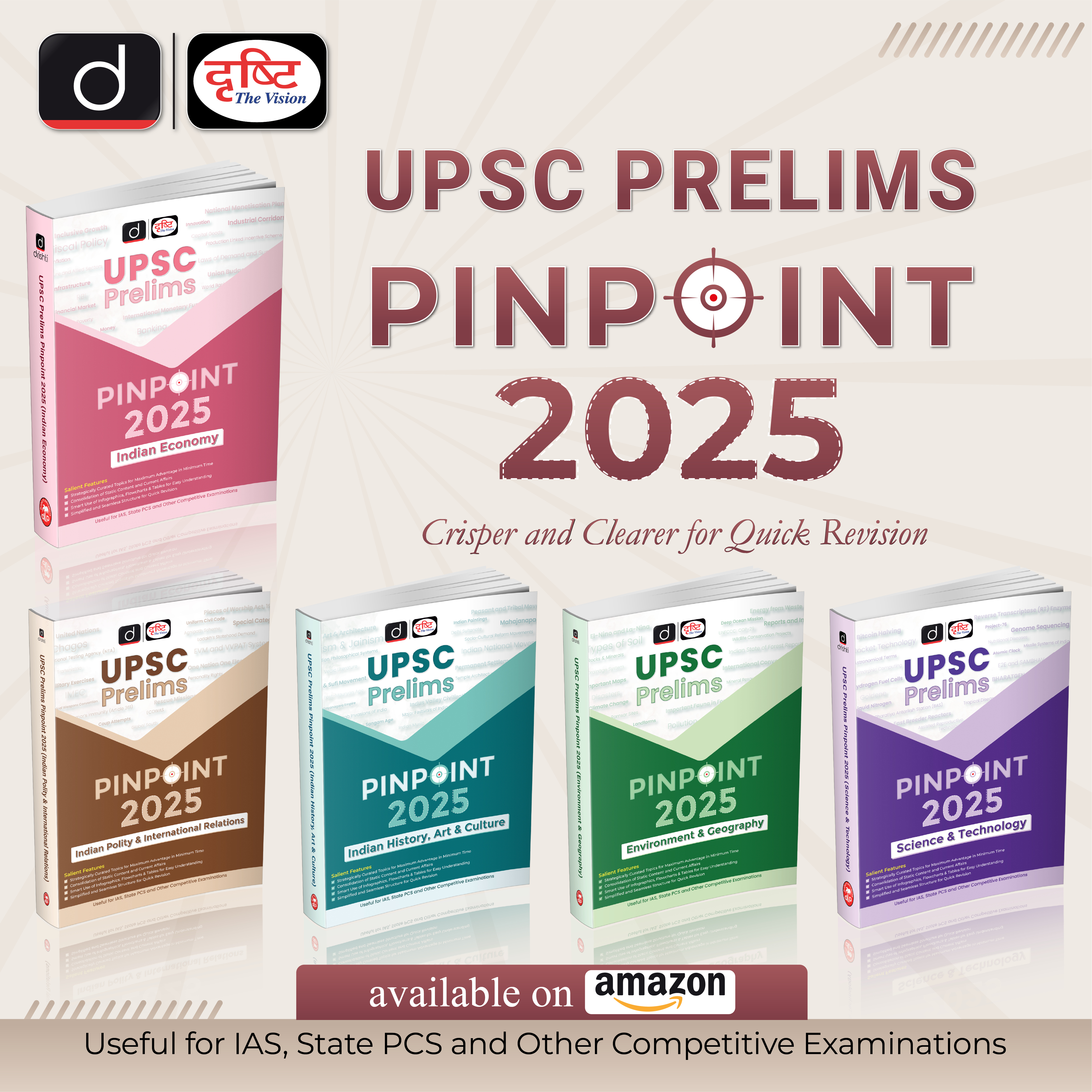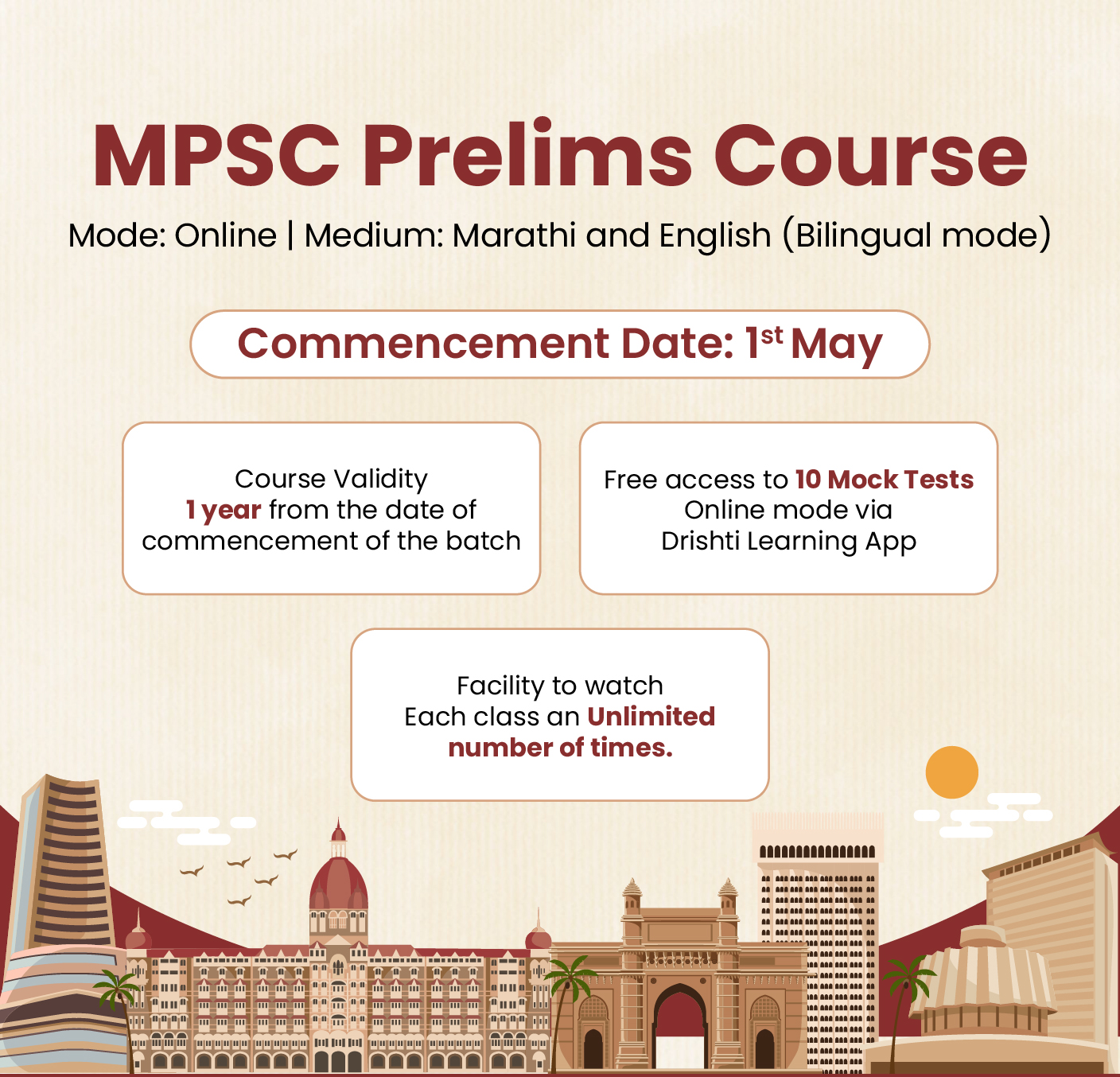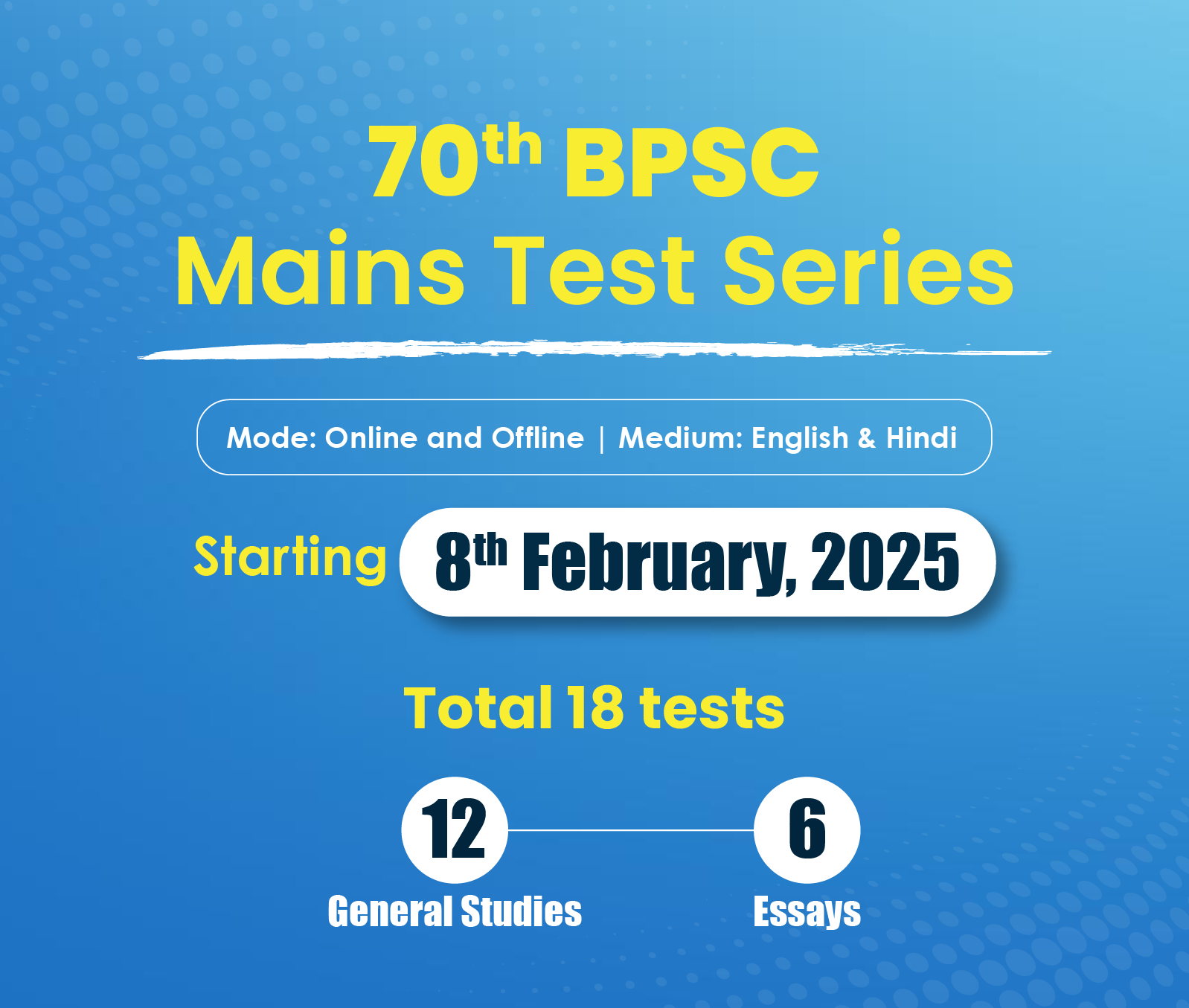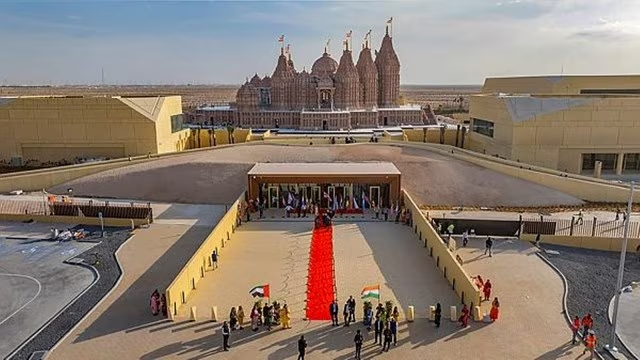Chhattisgarh Switch to Hindi
Expansion of Central Schools in the State
Why in News?
During a meeting with the Union cabinet minister for education, skill development and entrepreneurship, Chhattisgarh School Education Minister has urged to increase the centre’s contribution to various government-sponsored schemes related to the school education department.
Key Points
- Out of Chhattisgarh’s 33 districts, Navodaya Vidyalayas and Kendriya Vidyalayas, operated by the centre, have been approved in only 16 districts.
- The centre and the state share the financial burden of union government-run schemes such as Samagra Shiksha, PM SHRI Yojana and Mid-Day Meal, with a split of 40% and 60% respectively,
- State requested an increase in the centre’s contribution to these programmes.
- The state specifically requested the centre to allocate Rs 2,606 lakh for the Laika Sanwar Yojana under the Samagra Shiksha scheme, which covers education from preschool to grade 12 and Rs 110.86 lakh under the Right to Education Act.
- The state urged the centre to reopen the portal of Pradhan Mantri Uchchtar Shiksha Abhiyan (PM USHA) for Chhattisgarh, aimed at providing funding to eligible state higher educational institutions.
- The need for increased funding in central government schemes for higher education and the implementation of provisions outlined in the National Education Policy 2020 is also stressed.
Samagra Shiksha Scheme
- It is an integrated scheme for school education covering the entire gamut from pre-school to class XII. It was launched in 2018.
- It aims to deliver inclusive, equitable, and affordable school education.
- It subsumes the three Schemes of Sarva Shiksha Abhiyan (SSA), Rashtriya Madhyamik Shiksha Abhiyan (RMSA) and Teacher Education (TE).
PM-SHRI Yojana
- It is a centrally sponsored scheme for the upgradation and development of more than 14500 Schools across the country.
- It aims at strengthening the selected existing schools from amongst schools managed by Central Government/ State/ UT Government/ local bodies.
The Midday Meal Scheme
- It comes under the Ministry of Education, Department of School Education and Literacy.
- It was launched in the year 1995 as a centrally sponsored scheme. The scheme has been renamed as PM Poshan.
- It provides that every child within the age group of six to fourteen years studying in classes I to VIII who enrolls and attends the school, shall be provided hot cooked meal having nutritional standards of 450 calories and 12 gm of protein for primary (I- V class) and 700 calories and 20 gm protein for upper primary (VI-VIII class), free of charge every day except on school holidays.
Rajasthan Switch to Hindi
Rajasthan Government Appoints Rajendra Prasad Gupta as Advocate General
Why in News?
On 3rd February 2024, Rajasthan government appointed senior advocate of the Rajasthan High Court Rajendra Prasad Gupta as the Advocate General of the state.
Key Points
- Rajendra Prasad Gupta was the Additional Advocate General (AAG) from January 2014 to January 2019.
- He has a good reputation in the field of advocacy and has been practicing in the Jaipur Bench of the High Court since 1985.
- He is an academic member of the National Law University, Jodhpur. He has also done CA in addition to obtaining an LLB degree.
- The state government initiated the move after a petition was filed in the High Court regarding the delay in the appointment of the Advocate General.
Advocate General of State
- The Advocate General of State is responsible for advising the State Government on legal matters referred to him by the Governor.
- This is a Constitutional post and authority duly appointed under Article 165 of the Constitution of India. He/She acts as the highest law officer in the State.
- Under this article, the Governor of each State shall appoint a person who is qualified to be appointed as a Judge of a High Court to be Advocate General for the State.
- The Advocate General appears in court on behalf of the state in all cases involving the state.
- The Advocate General is entitled to address and participate in the sessions of both Houses of the State legislature and he has the privilege of participating in the activities of any committee of the State legislature if appointed a member.
- But he does not have the right to vote.
Additional Advocate General (AAG)
- An Additional Advocate General (AAG) is a legal officer who assists the Advocate General (AG) of a state or union territory in India.
- The AAG is appointed by the Governor of the state on the recommendation of the AG.
- The AAG performs the duties assigned to him or her by the AG, such as appearing in the High Court or other courts on behalf of the state government, giving legal opinions, and drafting pleadings.
Rajasthan Switch to Hindi
Rajasthan Artisans Craft at UAE’s First Hindu Temple
Why in News?
The artisans from villages in Rajasthan’s Makrana are beaming with pride as their craft has found a place in Abu Dhabi’s first Hindu temple, set to be inaugurated.
Key Points
- The temple is being built by the BAPS Swaminarayan Sanstha on a 27-acre site in Abu Mureikhah, near Al Rahba off the Dubai-Abu Dhabi Sheikh Zayed Highway.
- The temple’s facade features exquisite marble carvings set against a sandstone backdrop, crafted from more than 25,000 pieces of stone by skilled artisans from Rajasthan and Gujarat.
- A substantial number of pink sandstone were transported from northern Rajasthan to Abu Dhabi for the temple.
- Architectural elements include two ghumats (domes), seven shikhars (spires) that symbolise the seven UAE’s seven emirates, 12 samrans (dome-like structures) and 402 pillars.
- Within each shikhar, intricate carvings depict stories from the Ramayana, Shiv Purana, Bhagavatam and Mahabharata, as well as narratives of Lord Jagannath, Lord Swaminarayan, Lord Venkateshwara and Lord Ayyappa.
- The ‘Dome of Harmony’ serves as a unique portrayal of harmony of the five natural elements- earth, water, fire, air and space.
- The camel - a symbol of persistence, commitment and endurance, has also been etched into the carvings while drawing inspiration from the landscape of the UAE.
Pink Sandstone
- Sandstone is a sedimentary rock largely made up of sand grains in size ranging from 2 mm to 120 mm of varying compositions. The sand may consist of grains of quartz, felspar and other detrital minerals with interstitial cementing material.
- The pink color of sandstone is primarily due to the presence of iron oxide minerals.
- Like other sandstones, pink sandstone is mainly composed of sand grains, which can be quartz, feldspar, and other minerals.
- The cementing material that binds these grains together can be calcite, silica, or iron oxide.
- Pink sandstone is prominently found in India, primarily in Rajasthan, Madhya Pradesh, and Gujarat.
- Notable locations include Dholpur in Rajasthan, known for its Dholpur Pink Sandstone; Jodhpur, Rajasthan, producing Jodhpur Pink Sandstone; Bhuj in Gujarat, renowned for Bhuj Pink Sandstone; and Shivpuri in Madhya Pradesh, which yields Shivpuri Pink Sandstone.
Bochasanwasi Akshar Purushottam Swaminarayan Sanstha
- It is a Hindu denomination within the Swaminarayan Sampradaya.
- It was formed in 1905 by Yagnapurushdas following his conviction that Swaminarayan remained present on earth through a lineage of gurus starting with Gunatitanand Swami.
Uttar Pradesh Switch to Hindi
YEIDA's Medical Device Park to Boast Gamma Radiation Facility
Why in News?
The Yamuna Expressway Industrial Development Authority (YEIDA) is engaged in developing the Medical Device Park in Greater Noida, equipped with state-of-the-art facilities, including the Gamma Radiation facility for cancer care.
Key Points
- The efforts include equipping the park with advanced medical devices encompassing cancer care and radiology, imaging technologies, anesthetics, cardiorespiratory equipment, as well as devices associated with pacemakers and cochlear implants.
- Spread across a sprawling 350-acre expanse near Jewar Airport in Greater Noida, the Medical Device Park is poised to be a beacon of innovation.
- The Medical Device Park, will house laboratories and center facilities, streamlining a diverse range of tests in a centralised location.
- This strategic approach aims to reduce manufacturing costs, optimise medical equipment utilisation, and foster a robust ecosystem for medical device manufacturing nationwide.
- To catalyze this initiative, the state government has introduced a scheme offering a one-time grant-in-aid for the establishment of common infrastructure facilities within the Medical Device Park.
- The focus is on equipping the park with state-of-the-art equipment dedicated to cancer care, radiology, imaging, anesthetics, cardiorespiratory support, pacemakers, and cochlear implants.
Yamuna Expressway Industrial Development Authority (YEIDA)
- It has been created under the UP Industrial Development Act, 1976 for the systematic development of their respective notified areas abutting Delhi, which if not planned, would have been prone to unauthorized urban growth.
- Some of the major projects undertaken by YEIDA are the Noida International Airport, the Film City, the Medical Device Park, the Logistics Park, and the Personal Rapid Transit.
- YEIDA also offers various schemes for allotment of plots for residential, commercial, industrial, and mixed land use purposes.
Uttar Pradesh Switch to Hindi
Uttar Pradesh Government on Alert to Check Forest Fires During Upcoming Summer
Why in News?
In a proactive measure to prevent forest fires during the upcoming summer season, the UP government is implementing a series of strategic initiatives.
- The government is already on high alert and is running 'Forest Fire Safety Week' from February 1 to February 7 across the state to raise public awareness on fire prevention measures.
Key Points
- To bolster monitoring and control efforts, a dedicated Fire Control Cell has been set up in the offices of the Principal Chief Conservator of Forests and the Department Head in Lucknow.
- The Chief Forest Conservator (Publicity) has been designated as the nodal officer for the state headquarters cell, responsible for weekly reporting on fire incidents received from subordinate offices to the government.
- At the divisional level, the government has mandated the establishment of control rooms, ensuring round-the-clock operations.
- Operating 24/7 with three-shift employee deployments, these control rooms will register information in various ranges, ensuring swift action upon detection.
- The Forest Conservator (Zonal) will also communicate pertinent information to the Chief Forest Conservator.
- Helpline numbers have been established for information related to forest fire incidents, with local helpline numbers made available for officers, the general public, and other departments in all districts.
- The government's monitoring efforts have yielded positive results, leading to a significant decline in forest fire incidents over the last three years.
Uttarakhand Switch to Hindi
Uttarakhand Cabinet Approves UCC Draft Report
Why in News?
On 4th February 2024, Uttarakhand took one more step towards becoming the first state after independence to implement Uniform Civil Code (UCC), after the state cabinet approved the UCC panel's draft report.
Key Points
- The report will be tabled in the assembly on 6th February 2024, as the ruling party has 47 seats in the 70-member house, the UCC bill is set for a smooth sailing.
- Uniform Civil Code is a common set of laws that will supersede customary laws across faiths and tribes, and govern issues such as marriage, divorce, inheritance, and maintenance.
- According to the Constitution of India, UCC is a part of the non-justiciable directive principles of state policy.
- As per the 2011 national census, Uttarakhand has a 13.9% Muslim population, with most people from the community living in the Terai region.
Uniform Civil Code
- It is envisaged to provide for one law for the entire country, applicable to all religious communities in their personal matters such as marriage, divorce, inheritance, adoption etc.
- Article 44 of the Constitution lays down that the state shall endeavor to secure a UCC for the citizens throughout the territory of India.
- Article 44 is one of the Directive Principles of State Policy (DPSP).
- The purpose behind Article 44 is to strengthen the object of "secular democratic republic" as enshrined in the Preamble of the Constitution.
Uttarakhand Switch to Hindi
Uttarakhand Approves New Film Policy
Why in News?
The Uttarakhand Cabinet under Chief Minister Pushkar Dhami has approved the new film policy for increasing the subsidy for those making local films in the state.
Key Points
- According to the official statement, The Uttarakhand government has increased the subsidy eight times for those making Garhwali, Kumaoni and Jaunsari films in the state.
- The subsidy for those shooting films in the state in 22 languages included in the Eighth Schedule has also been doubled.
- Film subsidies are a form of government intervention that provides financial support to filmmakers, production companies, and studios.
- The most common forms of financial assistance are transferable tax credits and sales and use tax exemptions.
Eighth Schedule:
- It lists the official languages of the Republic of India. Part XVII of the Indian constitution deals with the official languages in Articles 343 to 351.
- The Constitutional provisions related to the Eighth Schedule are:
- Article 344: Article 344(1) provides for the constitution of a Commission by the President on the expiration of five years from the commencement of the Constitution.
- Article 351: It provides for the spread of the Hindi language to develop it so that it may serve as a medium of expression for all the elements of the composite culture of India.
Official Languages:
- The Eighth Schedule to the Constitution consists of the following 22 languages:
- Assamese, Bengali, Gujarati, Hindi, Kannada, Kashmiri, Konkani, Malayalam, Manipuri, Marathi, Nepali, Oriya, Punjabi, Sanskrit, Sindhi, Tamil, Telugu, Urdu, Bodo, Santhali, Maithili and Dogri.




%20MPPCS%202025%20Desktop%20E.jpg)
%20MPPCS%202025%20Mobile%20E%20(1).jpg)










.png)
.png)











 PCS Parikshan
PCS Parikshan


